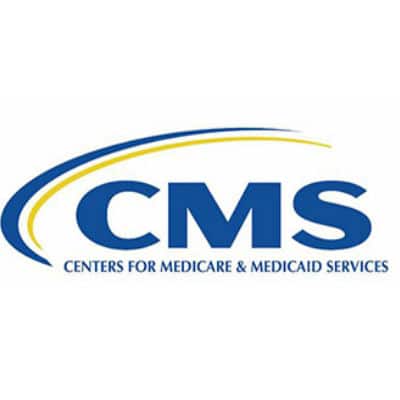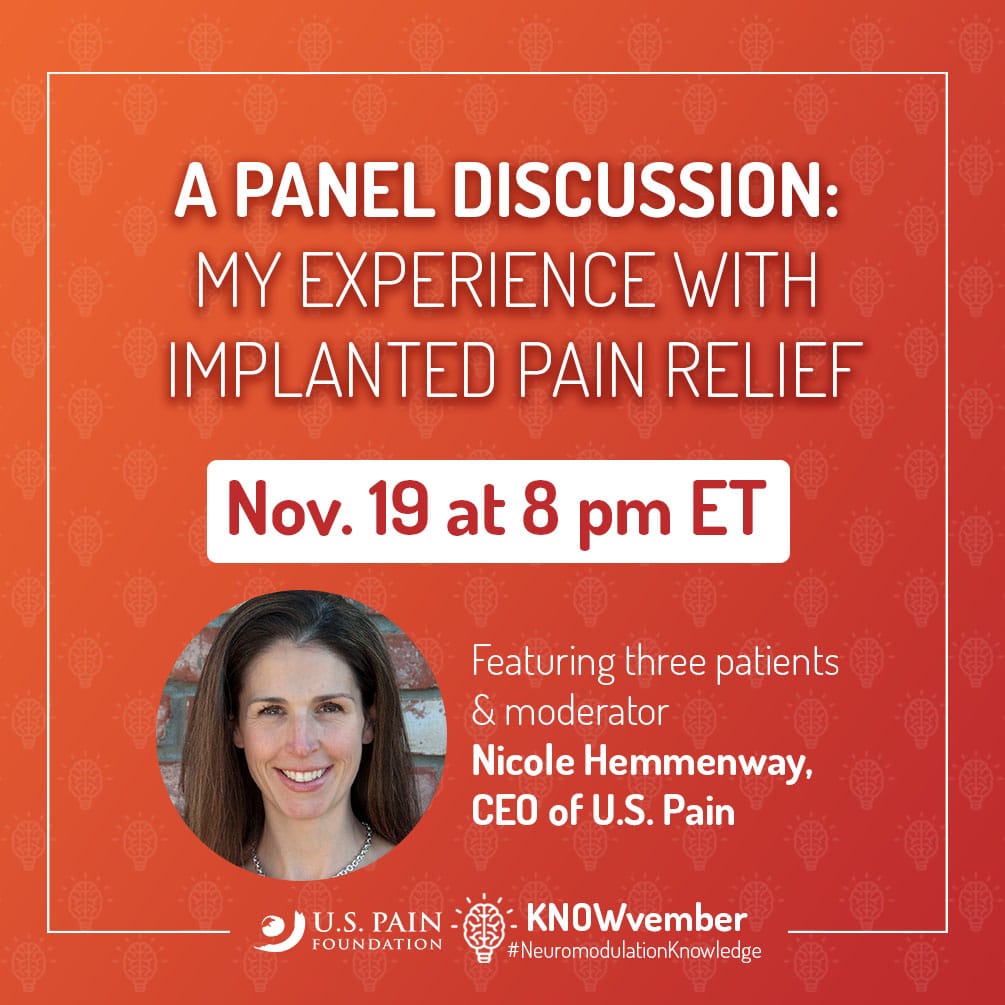The Centers for Medicare and Medicaid Services (CMS) is planning to announce the finalization of a rule that could...


The Centers for Medicare and Medicaid Services (CMS) is planning to announce the finalization of a rule that could...

By: Nina Torres In 2016, I was diagnosed with interstitial cystitis (IC), also known as bladder pain syndrome. I was...

It's one thing to hear about implanted neuromodulation from clinicians—but it's another to hear about it directly from...
In October, U.S. Pain hosted a webinar, “Pain relief in your pharmacy aisle: A pharmacist discusses OTC options,” with...
By: Ellen Lenox Smith We are all coping with different issues as a result of the pandemic. These issues range from...
In honor of Veterans Day, the U.S. Pain Foundation is pleased to announce a new virtual support group for veterans and...
Join us Nov. 12 at 1 pm ET for our next #NeuromodulationKnowledge webinar, "TENS to SCS: What type of neuromodulation...
We're kicking off our #NeuromodulationKnowledge campaign with a Twitter chat tonight at 8 pm ET. Our featured...